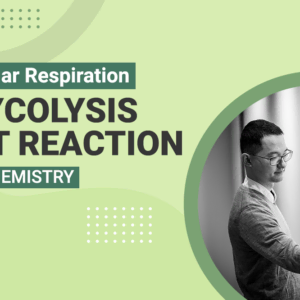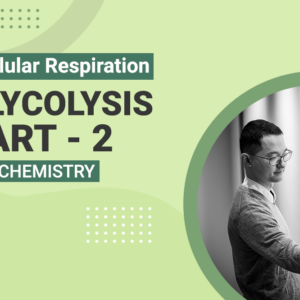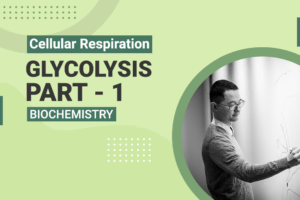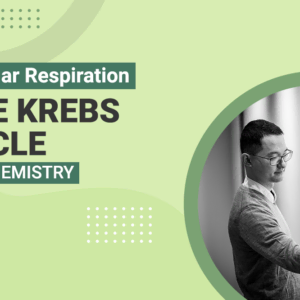In eukaryotic cells, where is the pyruvate dehydrogenase complex located?
a) Cytosol
b) Endoplasmic Reticulum
c) Golgi Apparatus
d) Mitochondrial Matrix
Get 1-on-1 MCAT Tutoring From a Specialist
With MCAT tutoring from MedSchoolCoach, we are committed to help you prepare, excel, and optimize your ideal score on the MCAT exam.
For each student we work with, we learn about their learning style, content knowledge, and goals. We match them with the most suitable tutor and conduct online sessions that make them feel as if they are in the classroom. Each session is recorded, plus with access to whiteboard notes. We focus on high-yield topics if you’re pressed for time. If you have more time or high-score goals, we meticulously cover the entire MCAT syllabus.
Pyruvate Dehydrogenase Complex Oxidizes Pyruvate Into Acetyl-CoA
Glycolysis is the start of the oxidation of glucose. It results in the production of two molecules of pyruvate. Although glycolysis produces energy in the form of ATP, pyruvate is also a high-energy molecule that can be further oxidized to release more energy. The first of these processes that oxidizes pyruvate is catalyzed by the pyruvate dehydrogenase complex, an enzyme complex located in the mitochondrial matrix (Figure 1).
Recall that glycolysis occurs in the cytosol of eukaryotic cells. Therefore, the pyruvate produced by glycolysis must first be transported into the mitochondrial matrix in order to be used by the pyruvate dehydrogenase complex. The complex then oxidizes pyruvate to form acetyl-CoA, removing a carbon dioxide (CO2) molecule in the process. You will see similar oxidative decarboxylation reactions occurring throughout the Krebs cycle, the subsequent cellular respiration pathway. This is because one of the results of respiration is to oxidize all of the carbons from glucose into CO2.
At this point in the respiration process, we have lost one carbon as CO2, turning a 3- carbon pyruvate molecule into a 2-carbon acetyl-CoA molecule. Also, remember that whenever something is oxidized, something else must also be reduced. In the case of the oxidation of pyruvate to acetyl-CoA, NAD+ is reduced to NADH. In this way, through the pyruvate dehydrogenase complex, more energy from pyruvate is released and captured in the form of NADH. These energy carriers (such as NADH and FADH2) are then shuttled to the electron transport chain.

FIgure 1. Pyrvuate Decarboxylation Into Acetyl-CoA
Acteyl-CoA = Krebs Cycle Starting Reactant
Moving forward, the acetyl-CoA produced by the pyruvate dehydrogenase complex is the starting material for the Krebs cycle. The overall result of one round of the Krebs cycle is shown below:
Acetyl-CoA + 2 NAD+ + FAD + GDP + Pi + 2 H2O → CoA-SH + 2 CO2 + 3 NADH + 3 H+ + FADH2 + GTP
The Krebs cycle also occurs in the mitochondrial matrix, and it will complete the oxidation of the acetyl group of acetyl-CoA to form two molecules of CO2. By the end of the Krebs cycle, all six carbons in the original glucose molecule have been oxidized to form six molecules of CO2.
Explore More
MCAT Masterclass Chapters
Take a closer look at our entire MCAT Masterclass or explore our lessons below.
- Glycolysis Net Reaction View Subject
- Glycolysis Part 1 View Subject
- Glycolysis Part 2 View Subject
- The Krebs Cycle View Subject
- Fermentation View Subject
- Enzyme Classification View Subject




